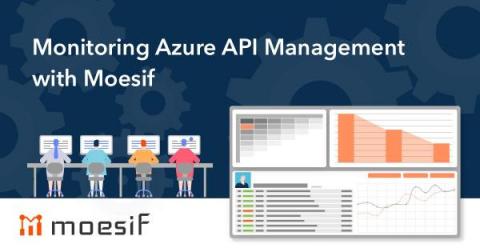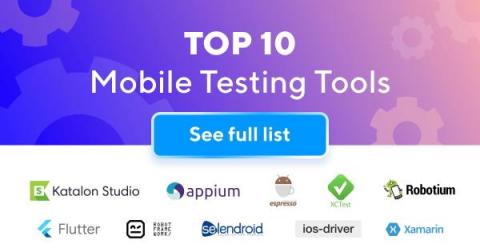Systems | Development | Analytics | API | Testing
Technology
New Report Reveals Best Practices for Hybrid & Multi-Cloud Data Management
Twelve Best Cloud & DataOps Articles
Interested in learning about different technologies and methodologies, such as Databricks, Amazon EMR, cloud computing and DataOps? A good place to start is reading articles that give tips, tricks, and best practices for working with these technologies. Here are some of our favorite articles from experts on cloud migration, cloud management, Spark, Databricks, Amazon EMR, and DataOps!
Quality Engineering Discussions: 5 Questions with Rahul Parwal
Rahul Parwal is a software engineer, speaker, mentor, and writer out of Jaipur, Rajasthan. He has dabbled in software development, testing, and automation, and often shares his learnings in his blog. In this QnA, Rahul makes the point that a randomly failing test is always worth investigating and that assumptions are dangerous in testing.
Snowflake Announces Support for Google Cloud Private Service Connect
Snowflake was architected with cross-cloud security built into its core, providing multiple layers of robust protection from network access, to authentication and access control, to data protection using encryption (for more details on Snowflake security, check out the on-demand session from Snowflake Summit). For the most-regulated customers around the world, enabling private connectivity is a critical first line of defense.
Build your own CI/CD pipelines by customizing your Bitrise Workflows
This article will explain in a nutshell how you can easily build your own CI/CD pipelines for your mobile apps, based on your specific business needs.
Monitoring Azure API Management with Moesif
API gateways and management platforms like Azure API Management (APIM) are an excellent way to keep your APIs in order. They provide features that every API needs, like API keys, quotas, and caching in a standardized fashion. Your APIs will then behave more homogeneously and can be managed in a central place. They’re also the entry point to your cloud infrastructure and can help you abstract implementation from the interface.
Top 10 Automated Mobile Testing Tools in 2021 | Latest Update
Mobile testing is the process of testing mobile applications for functionality, usability or performance through the use of tools or open-source frameworks. Smartphones, tablet PCs, or every new release of the iPhone with the smallest changes, makes mobile testing, and automated testing, imperative to detect regression bugs and enables teams to ship quality applications.
Monitoring Azure API Management with Moesif
API gateways and management platforms like Azure API Management (APIM) are an excellent way to keep your APIs in order. They provide features that every API needs, like API keys, quotas, and caching in a standardized fashion. Your APIs will then behave more homogeneously and can be managed in a central place. They’re also the entry point to your cloud infrastructure and can help you abstract implementation from the interface.
Building, Testing, and Deploying Google Cloud Functions With Ruby
Google's Cloud Functions let developers run their code in production in a scalable way without worrying about the minutiae of server administration. In this article, Subomi shows walks us through building a real-world service using GCF.










